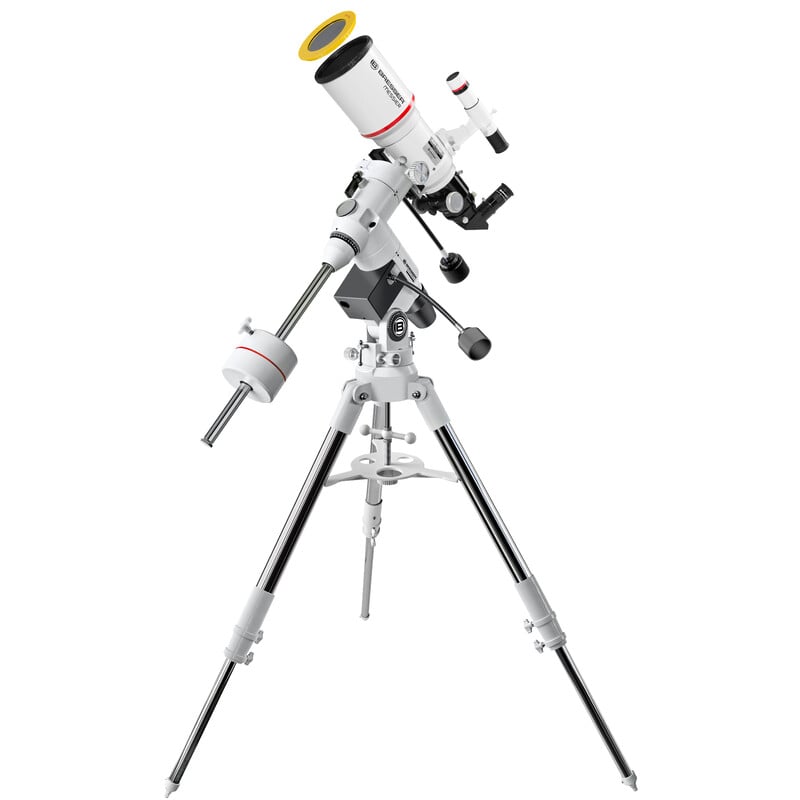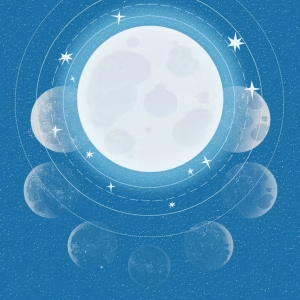Cloudy nights are every stargazer's curse. Your telescope is ready, the sky map is open, but a thick layer of clouds keeps the cosmos hidden. For many who live in densely populated or rainy areas, stargazing sometimes seems impossible. But technology has offered us a solution: smart telescopes like the Vespera II, Vespera Pro, and Hestia transform stargazing into an experience that can overcome even cloud cover.
In this blog post, discover how smart telescopes work, why they are a game-changer for stargazing, and how they deliver stunning images even in less than ideal conditions.
The challenge of cloud cover and light pollution
Stargazing depends on clear skies. But in urban areas, with high light pollution, or in countries where cloud cover is common, it is challenging to see even the brightest stars. Traditional telescopes require a direct and unobstructed line of sight to the sky, but smart telescopes open up a new world of possibilities.
Through technologies such as stacking, image processing and online databases, these telescopes make stargazing accessible no matter your location or weather conditions.
What makes a telescope ‘smart’?
Smart telescopes, such as the Vespera II, Vespera Pro, and Hestia, combine advanced hardware with smart software and connectivity. Here are some of their key features:
- Automatic tracking and alignment
These telescopes automatically point themselves at objects in space. Thanks to built-in GPS and gyroscopes, all you have to do is enter your location and time - the telescope does the rest. - Cloud imaging and databases
Smart telescopes use existing astronomical databases to identify objects and display detailed images, even when photographing through thin cloud cover. - Real-time image processing
With technology such as stacking and noise reduction, smart telescopes take multiple shots and instantly combine them into a clear and sharp image. - User-friendly apps
Apps allow you to control your telescope, store and share images, and access extensive astronomical information.
How smart telescopes overcome cloud cover
Although no telescope can literally see through a thick layer of clouds, smart telescopes have ways to bypass clouds:
- Online star charts and simulations
Even when the sky is covered, smart telescopes can show simulations of the night sky via integrated apps. You can select, set and prepare objects for a clear night. - Thin cloud cover? No problem
Thanks to stacking and image enhancement, telescopes such as the Vespera II and Vespera Pro capture impressive images even in thin cloud cover or light fog. - Hybrid observation
By using previously captured recordings and databases, you get a similar experience to live stargazing, regardless of conditions.
For whom are smart telescopes ideal?
Smart telescopes are perfect for:
- Urban residents: Where light pollution and cloud cover are often a problem.
- Beginners: Automatic features make it easy to get started.
- Astrophotographers: Smart telescopes such as the Vespera Pro offer high resolution and automatic image processing.
- From your balcony.
The best smart telescopes for challenging locations
If you are looking for a smart telescope that can handle cloud cover and urban challenges, these models are an excellent choice:
- Vespera II: Ideal for beginners who want to start astrophotography. Compact, easy to use and perfect for light cloud cover.
- Vespera Pro: For the serious astrophotographer. This telescope offers unmatched image quality and advanced processing features.
- Hestia: An affordable option with impressive features, ideal for city dwellers.
Conclusion
Smart telescopes have changed stargazing. They offer solutions to the limitations of traditional telescopes, allowing you to enjoy the night sky even in cloudy habitats. With models such as the Vespera II, Vespera Pro, and Hestia the universe becomes more accessible than ever.
Are you ready to take your stargazing experience to the next level? Check out our selection of smart telescopes and discover how technology overcomes even the most challenging conditions.







